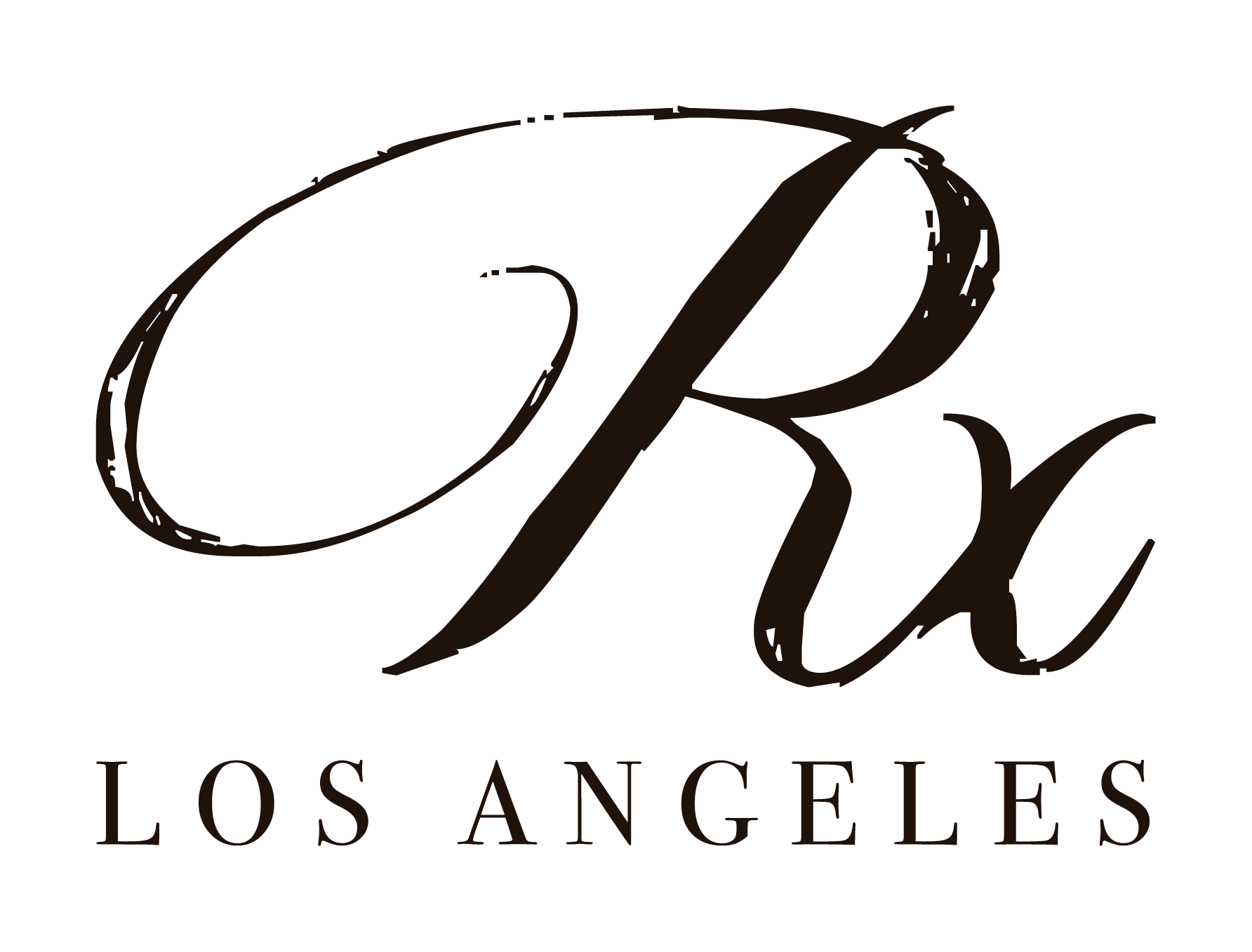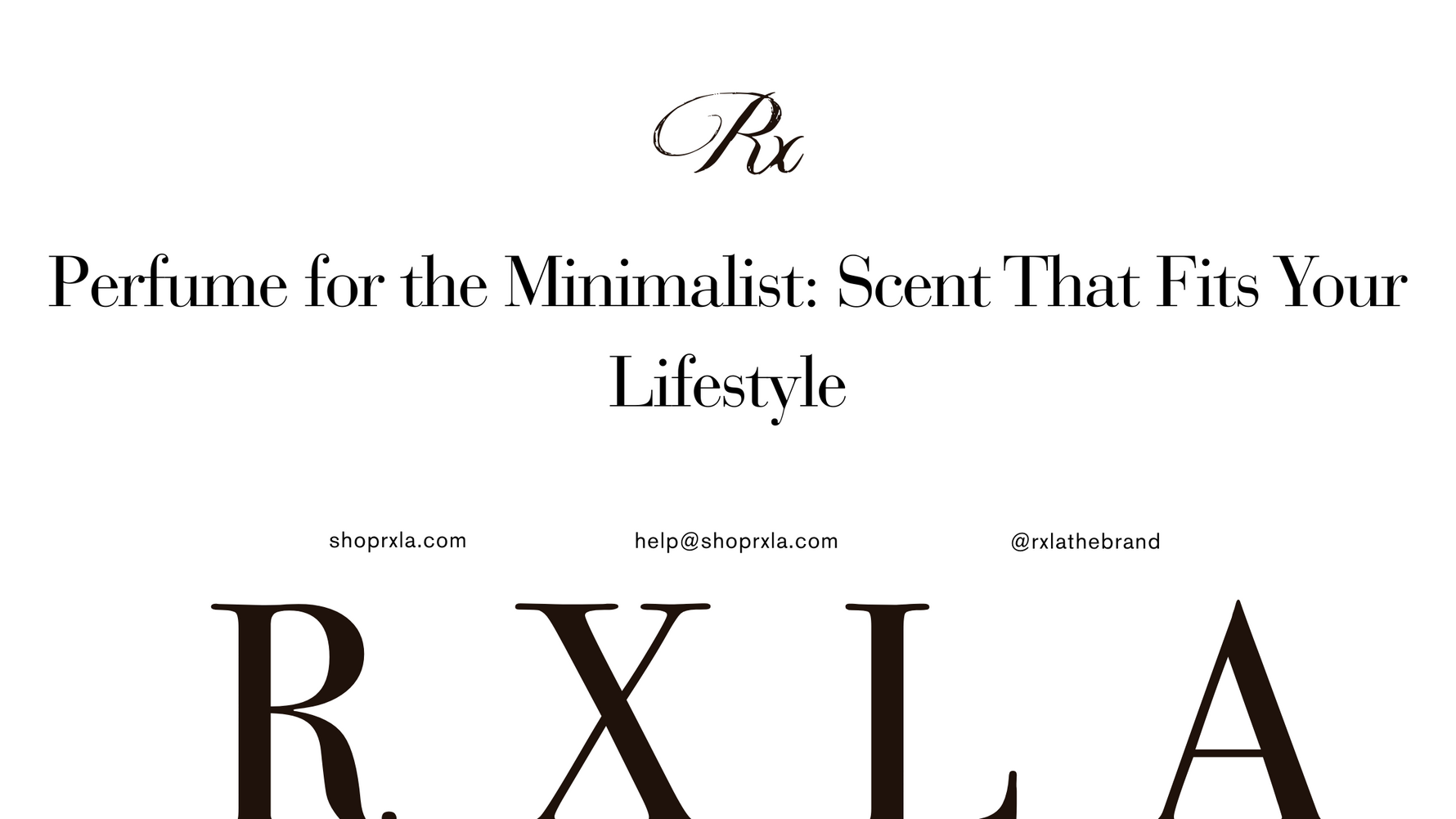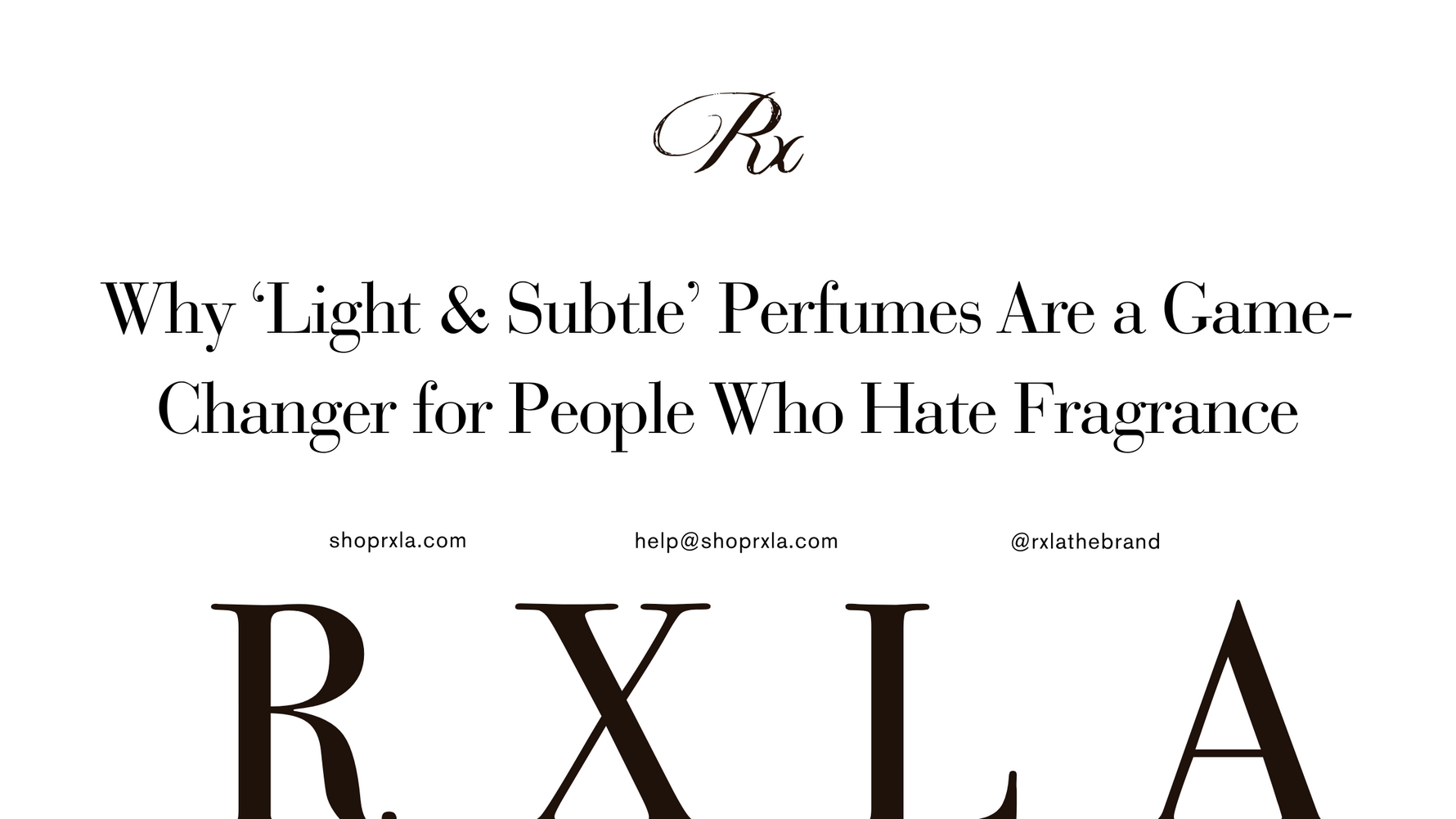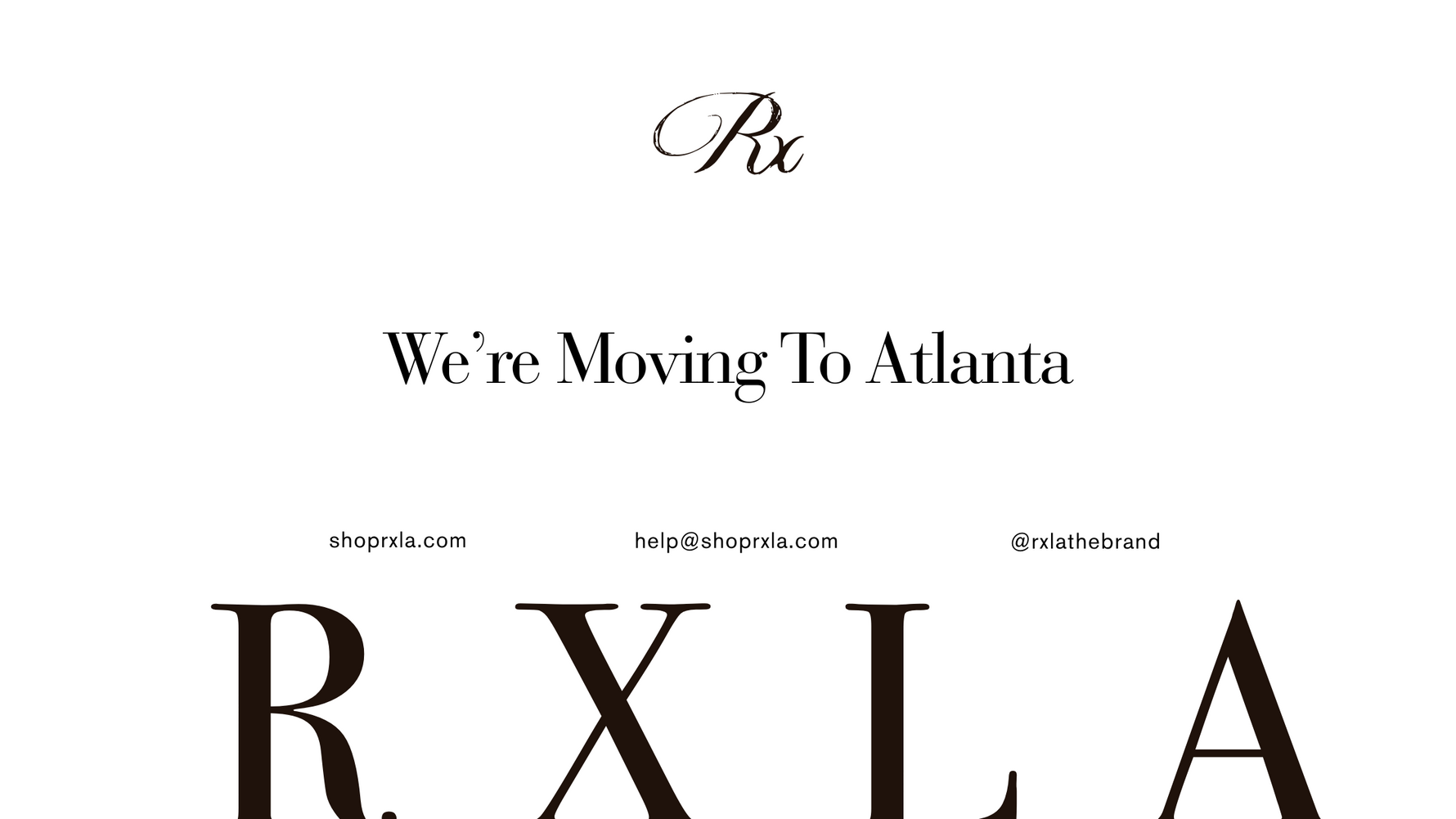In the ever-evolving world of personal scent, the lines between 'fragrance' and 'perfume' can often blur, leaving consumers wondering what truly differentiates one aroma from another. As we navigate the diverse olfactory landscape of 2025, understanding these distinctions is key to making informed choices that align with your preferences, skin type, budget, and desired scent experience. This comprehensive guide aims to demystify these terms, helping you become a more discerning and confident scent shopper.
 Similarly, [Everything: Eau De Parfum](/products/everything-travel-rollerball-perfume?utm_source=jolt_app&utm_medium=blog) is positioned not just as a scent, but as a lifestyle choice. Its marketing emphasizes a "bold, versatile, and eclectic vibe. It's a layered, multi-dimensional scent that feels adventurous and unique, perfect for someone who enjoys a mix of freshness, fruitiness, and depth. This perfume is vibrant yet balanced, exuding confidence, creativity, and individuality." The bottle design and accompanying imagery would likely reflect this dynamic personality.
Similarly, [Everything: Eau De Parfum](/products/everything-travel-rollerball-perfume?utm_source=jolt_app&utm_medium=blog) is positioned not just as a scent, but as a lifestyle choice. Its marketing emphasizes a "bold, versatile, and eclectic vibe. It's a layered, multi-dimensional scent that feels adventurous and unique, perfect for someone who enjoys a mix of freshness, fruitiness, and depth. This perfume is vibrant yet balanced, exuding confidence, creativity, and individuality." The bottle design and accompanying imagery would likely reflect this dynamic personality.
 * **Ingredient Transparency:** While regulations permit "fragrance" to mask a complex blend, many perfume brands are increasingly transparent about their ingredient lists, especially those focusing on natural or "clean" beauty. High-quality perfumes often highlight key natural ingredients like specific floral absolutes, rare woods, or precious resins. Products like [Ferngully: Pure Fragrance Oil](/products/fernfully-pure-fragrance-oil?utm_source=jolt_app&utm_medium=blog) are praised for detailing their top, middle, and base notes, giving consumers a clear understanding of the olfactory journey. This level of detail is less common in generic "fragrance" products, which may simply list "fragrance" without further elaboration.
* **Ingredient Transparency:** While regulations permit "fragrance" to mask a complex blend, many perfume brands are increasingly transparent about their ingredient lists, especially those focusing on natural or "clean" beauty. High-quality perfumes often highlight key natural ingredients like specific floral absolutes, rare woods, or precious resins. Products like [Ferngully: Pure Fragrance Oil](/products/fernfully-pure-fragrance-oil?utm_source=jolt_app&utm_medium=blog) are praised for detailing their top, middle, and base notes, giving consumers a clear understanding of the olfactory journey. This level of detail is less common in generic "fragrance" products, which may simply list "fragrance" without further elaboration.
The Expansive Realm of 'Fragrance': More Than Just a Scent
The term "fragrance" is an umbrella category that broadly describes any product containing aromatic compounds. This label is incredibly versatile and can be found on a vast array of consumer goods, including:- Body lotions and creams
- Soaps and shower gels
- Candles and air fresheners
- Laundry detergents and fabric softeners
- Shampoos and conditioners
- Fine perfumery (sometimes used as a general term)
'Perfume': The Art, Concentration, and Prestige of Scent
"Perfume," in its most precise definition, refers to a highly concentrated aromatic oil mixture, typically suspended in alcohol or a blend of alcohol and water. The concentration levels are what truly set perfumes apart:- Eau de Cologne (EDC): Around 2-5% aromatic compounds. Lighter and often more refreshing, with shorter longevity.
- Eau de Toilette (EDT): Around 5-15% aromatic compounds. A popular choice, offering a good balance of scent and longevity.
- Eau de Parfum (EDP): Around 15-20% aromatic compounds. More concentrated and longer-lasting than EDT, providing a richer scent experience.
- Perfume (Extrait de Parfum): Typically 20-40% aromatic compounds. The most concentrated and potent form, offering the longest-lasting and most intense fragrance.
Decoding Marketing, Packaging, and Ingredient Transparency
The way a scent is presented—from its packaging to its ingredient disclosure—often provides clues about its classification: * **Marketing and Branding:** "Fragrance-based" products often focus on the functional benefit of the scent, such as "Ocean Breeze" for a cleaning product or "Calming Lavender" for a body wash. Their marketing is typically straightforward. Perfumes, conversely, are marketed as experiences. They tell stories, evoke emotions, and highlight the artistry of the scent. The packaging is usually more elaborate, with designer bottles and sophisticated branding that conveys luxury and exclusivity. Take, for example, the evocative presentation of [Ferngully: Pure Fragrance Oil](/products/fernfully-pure-fragrance-oil?utm_source=jolt_app&utm_medium=blog). Its description, "The Rain Forrest bottled. Top notes of essential oils including bergamot, mandarin, and green fig with a cedar, green leaves and basil. The Vibe: 🌿 Earthy, crisp, and serene—like a barefoot walk through a dewy forest at sunrise. It’s spa-fresh meets wild green magic. Think citrus-kissed leaves, soft moss, and the calm stillness of nature. Clean, grounded, and quietly luxurious," immediately transports you to a natural sanctuary. This careful crafting of imagery and scent profile sets it apart.





